3DPrint.com | The Voice of 3D Printing / Additive Manufacturing |
| 3D Printing News Briefs, July 9, 2022: Business, Metal Powder Condensate Waste, & More Posted: 09 Jul 2022 05:30 AM PDT Starting with business news in today’s 3D Printing News Briefs, as E3D has acquired ZODIAC, a nozzle and aftermarket FDM solutions firm, and EVO 3D is partnering with CEAD. Moving on to materials, Admatec has released a new 3D printer for metal and ceramics, Desktop Metal is 3D printing closed cell foam, and AMGTA has published a process for the safe transport and recycling of metal powder condensate waste. Finally, researchers in Australia developed a unique 3D printed system for harvesting stem cells from bioreactors. E3D Announces Acquisition of ZODIACFirst up, E3D, which supplies nozzles, extruders, and hotends for 3D printing, announced that it has acquired ZODIAC, a nozzle and aftermarket FDM 3D printing solutions firm that was just founded in 2020. ZODIAC supplies CRB and PRO coated nozzles to 3D printer brands like Zortrax, Raise3D, and Ultimaker, in addition to belt printers like the CR-30. E3D has acquired all of the firm’s IP and assets, which it believes will help increase the strength of its own supply strength for all product lines. E3D believes that by using its global reseller network, it will be able to grow ZODIAC’s existing product lines, and make its offering available to a wider market. Terms of the acquisition have not been disclosed.
EVO 3D Partnering with CEAD3D printing solutions provider EVO 3D and large-format 3D printing supplier CEAD, located in the Netherlands, have announced that they are partnering up. EVO 3D is working to advance end-to-end integration of robotic 3D printing, which requires the right materials, hardware and software, technical support, and employee training to be successful. In this new partnership, the UK company will offer CEAD’s technology components as part of a customized pellet 3D printer package, allowing EVO 3D to achieve a robot package with higher output. This package will consist of CEAD’s lightweight E25 pellet extruder, integrated on a KUKA robot, along with CEAD’s 2 x 1 m print bed and pellet dryer. The main target of this pellet 3D printer robot package will be the UK, specifically for end part applications for design and recreational uses, like theme parks.
Admaflex300 3D Printer Achieves Over 12M Pixels a LayerAdmatec, which was just acquired by Nano Dimension, announced that its Admaflex 300 metal and ceramics 3D printer is capable of printing more than 12 million pixels in a single layer, which majorly increases its efficiency and throughput. Admatec developed its 3D printing technology, which combines DLP and tape casting and can handle high viscosity slurries without sedimentation, back in 2013. Since it introduced the Admaflex130 three years later, and now offers the Admaflex300 as well, the company has delivered many printers around the world to customers like 3D printing contract manufacturers, universities and government labs, and ceramic and metal parts producers. These users are printing high-quality metal and ceramic parts with narrow tolerances and great material properties for multiple applications, such as opto-mechatronics, semiconductors and electronics, refractories, jewelry and watches, medical tools, aviation and aerospace, and more. The Admaflex300 is now available with a pixel resolution of 40 µm and a 202 x 102 mm projection size, which delivers over 12 million pixels per layer.
Desktop Metal 3D Printing Closed Cell FoamDesktop Metal introduced its new family of expandable photopolymer resins called FreeFoam, which contain heat-activated foaming agents that are 3D printed with Digital Light Processing (DLP) technology for volume production of durable, dimensionally accurate closed cell foam parts. Part of the DuraChain category of one-part photopolymers, this material was developed by Desktop Metal’s subsidiary Adaptive3D, and will initially be available exclusively for the ETEC Xtreme 8K top-down DLP system. FreeFoam parts can be expanded on-demand during a brief oven heating cycle, and this controllable process causes the resins to consistently expand 2-7 times their initial size. In the future, Desktop Metal plans to offer several grades of FreeFoam resins with various Shore hardness values and other material properties, including water resistance.
AMGTA’s Process for Transport, Recycling of Metal Powder WasteThe Additive Manufacturer Green Trade Association (AMGTA), launched in November 2019 to promote the environmental benefits of AM, has issued a report that outlines the necessary requirements for passivating metal powder condensate waste for transportation and recycling. Metal condensate is the term used for the excess powder and soot blown off the build plate during powder bed fusion processes, and until now had been treated as a hazardous material and disposed of at high cost. AMGTA member Sintavia, along with KBM Advanced Materials, developed the unique process for safely recycling and transporting it, which involves mixing the metal powder condensate with a removable resin to make it non-hazardous. This enables safe shipping to a recycling plant.
3D Printed System for Harvesting Stem Cells from Bioreactors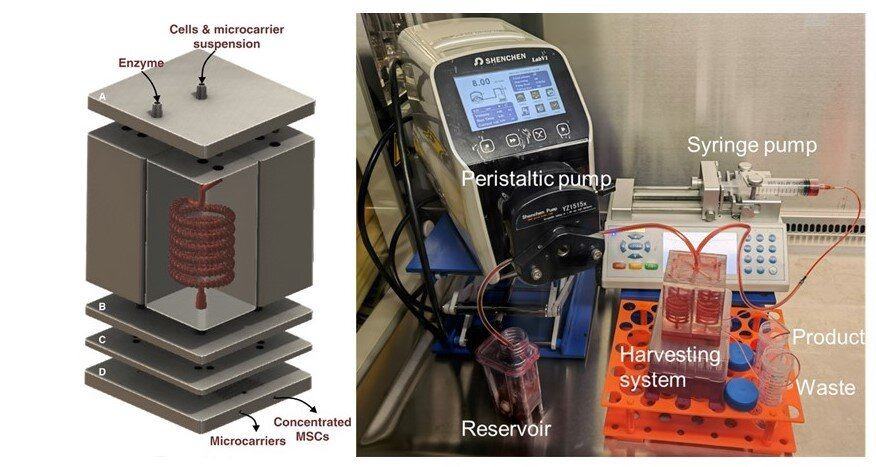 Modular 3D printed microfluidic system. Credit: Majid Warkiani et al. Bioresources and Bioprinting 2022. Finally, researchers from the University of Technology Sydney published a study about their development of a unique 3D printed system for harvesting stem cells from bioreactors. Stem cells, because of their ability to replace damaged cells, are very promising for disease and injury treatment, but the technology currently used to harvest them is lengthy and expensive. The research team, in collaboration with Australian biotech company Regeneus, used 3D printing and microfluidics to, as biomedical engineer Professor Majid Warkiani said, “integrate a number of production steps into one device” that makes stem cell therapies less costly and more widely available. The system processes mesenchymal stem cells, which can divide and differentiate into multiple tissue cells, such as muscle, bone, and connective tissue; once the cells are extracted from human blood, bone marrow, or fat tissue, they’re transferred to a bioreactor and combined with microcarriers to enable proliferation. The 3D printed system combines a spiral microfluidic separator, four micromixers, and a microfluidic concentrator, which all work together to detach and separate the cells and concentrate them for processing.
The post 3D Printing News Briefs, July 9, 2022: Business, Metal Powder Condensate Waste, & More appeared first on 3DPrint.com | The Voice of 3D Printing / Additive Manufacturing. |
| You are subscribed to email updates from 3DPrint.com | The Voice of 3D Printing / Additive Manufacturing. To stop receiving these emails, you may unsubscribe now. | Email delivery powered by Google |
| Google, 1600 Amphitheatre Parkway, Mountain View, CA 94043, United States | |
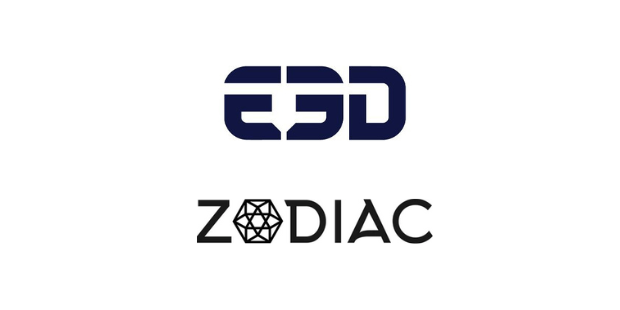
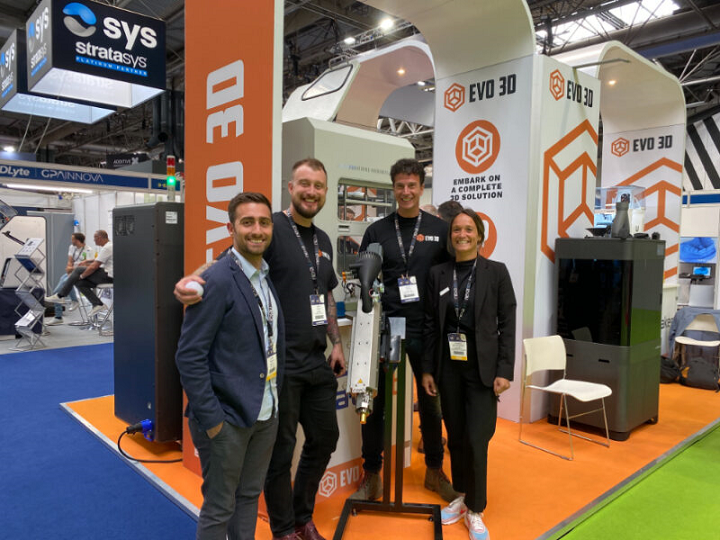
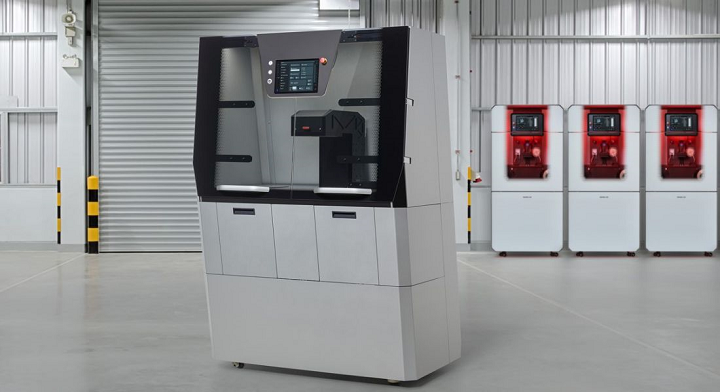
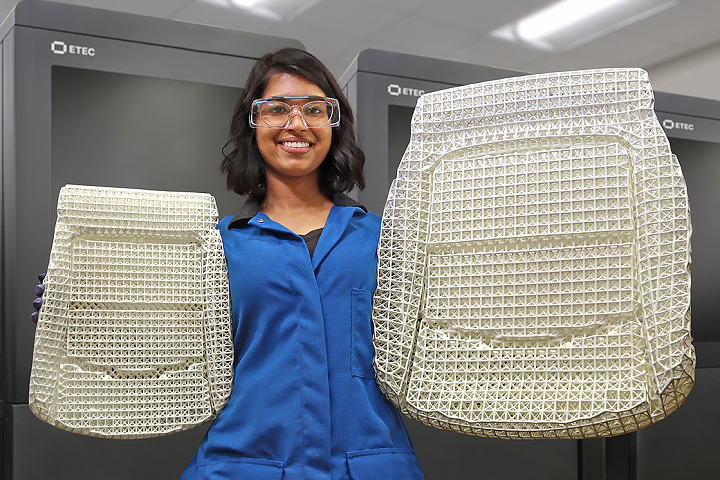
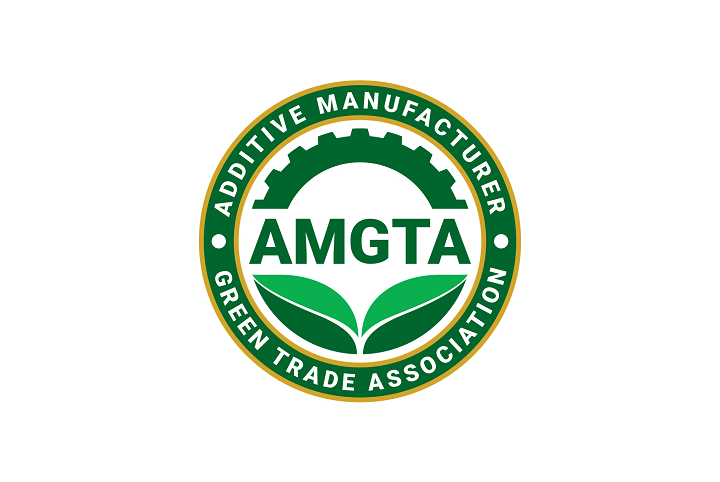

0 comments:
Post a Comment